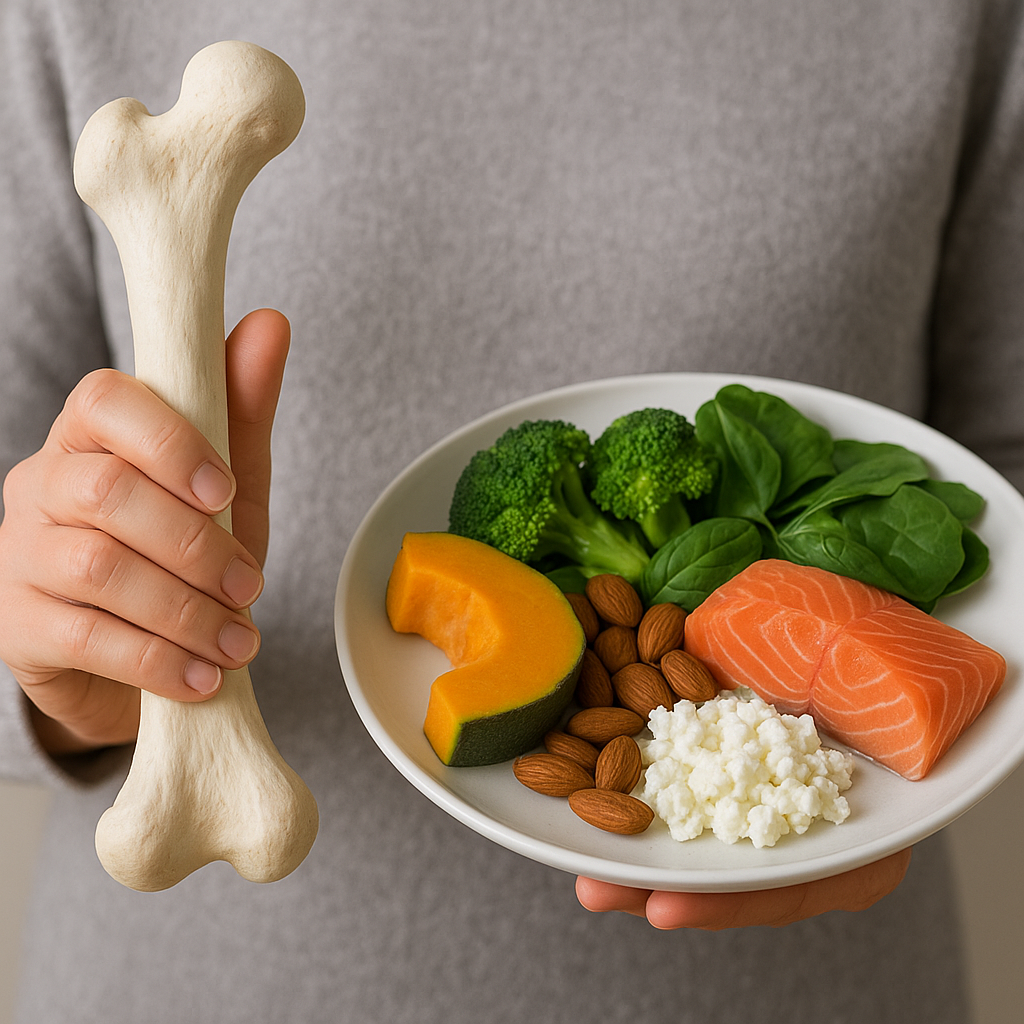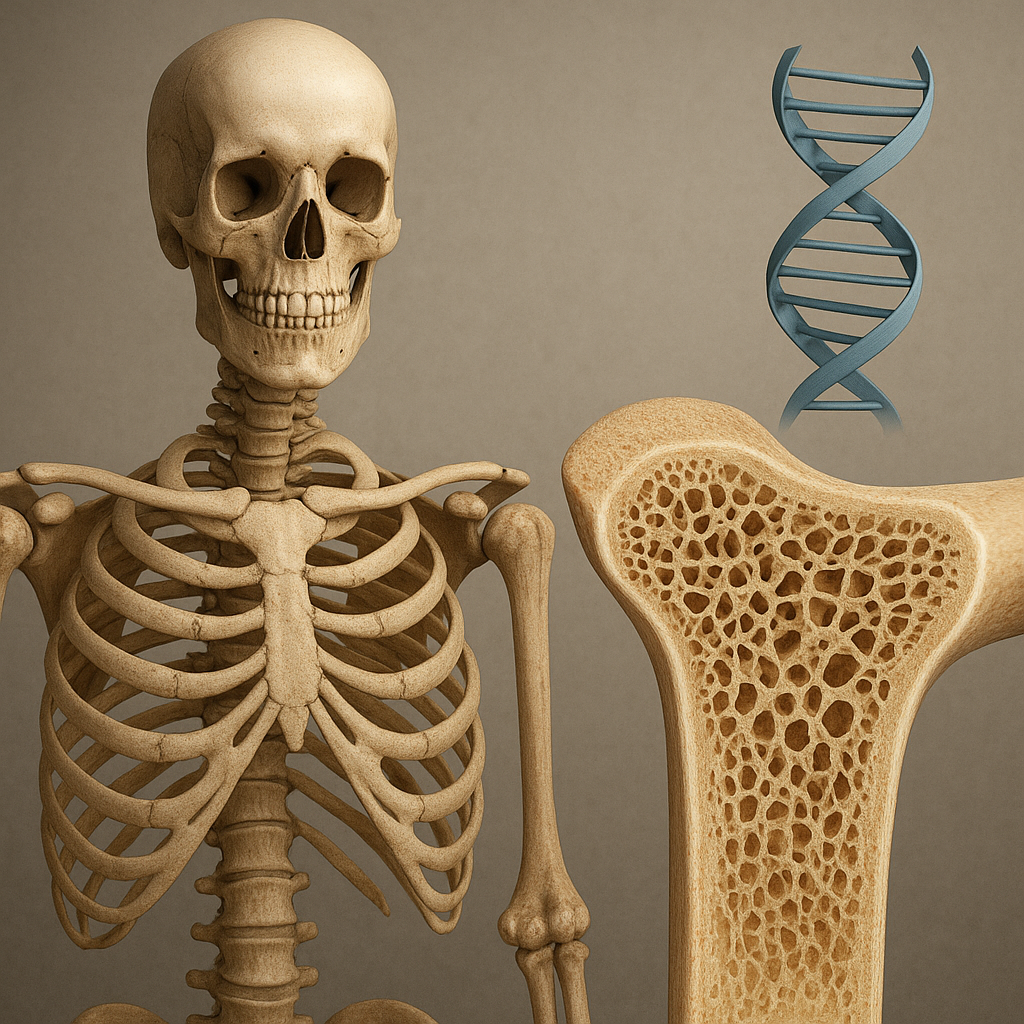Understanding ancient diets is a complex task that often relies on various forms of evidence, including archaeological findings, historical texts, and biological analysis. Among these, bones serve as a remarkable source of information, providing insights into the dietary habits of past populations. By examining the chemical composition, morphology, and wear patterns of bones, researchers can reconstruct the diets of ancient peoples, revealing not only what they ate but also how their diets were influenced by environmental and cultural factors.
The Science of Bone Analysis
The study of bones in relation to diet is a multidisciplinary field that combines archaeology, anthropology, and biochemistry. Bones are not just inert structures; they are dynamic tissues that respond to the nutritional environment of the organism. This section will explore the various methods used to analyze bones and how these techniques can unveil dietary practices of ancient populations.
Osteological Analysis
Osteological analysis involves the examination of bone structure and morphology. Different types of diets can lead to distinct changes in bone density and shape. For instance, a diet rich in protein can result in denser bones, while a carbohydrate-heavy diet may lead to different morphological adaptations. By studying skeletal remains, researchers can infer the general dietary patterns of a population.
- Bone Density: Higher bone density often indicates a diet rich in protein and minerals, while lower density may suggest a lack of these nutrients.
- Bone Morphology: The shape and size of bones can indicate physical activity levels and dietary habits, as certain diets may require more physical exertion.
Stable Isotope Analysis
Stable isotope analysis is a powerful tool that allows researchers to determine the types of food consumed by ancient peoples. This method involves measuring the ratios of stable isotopes of carbon, nitrogen, and oxygen in bone collagen. Different food sources have distinct isotopic signatures, which can be traced back to the diet of the individual.
- Carbon Isotopes: The ratio of carbon-12 to carbon-13 can indicate whether a person primarily consumed C3 plants (like wheat and rice) or C4 plants (like maize and sugarcane).
- Nitrogen Isotopes: The nitrogen isotope ratios can provide insights into the trophic level of the diet, distinguishing between herbivorous and carnivorous diets.
- Oxygen Isotopes: These can reflect the geographical origin of the water consumed, which can be linked to specific environmental conditions and dietary practices.
Dental Microwear Analysis
Dental microwear analysis examines the microscopic wear patterns on teeth, which can provide clues about an individual’s diet. The texture and patterns of wear can indicate whether a person consumed hard, abrasive foods or softer, more processed items. This method is particularly useful for understanding the dietary habits of ancient populations, as teeth are often well-preserved in archaeological sites.
- Hard Foods: A diet that includes nuts, seeds, or tough plant materials can lead to distinctive wear patterns on teeth.
- Soft Foods: A diet rich in soft fruits or cooked foods may result in less wear and smoother surfaces on teeth.
Case Studies: Ancient Diets Revealed Through Bones
Numerous case studies illustrate how bone analysis has provided insights into the diets of ancient populations. These examples highlight the diverse dietary practices and adaptations that have occurred throughout history, shaped by environmental conditions, cultural practices, and available resources.
The Diet of Ancient Egyptians
The ancient Egyptians had a diet that was heavily reliant on grains, particularly emmer wheat and barley. Analysis of skeletal remains from ancient Egyptian sites has revealed a high prevalence of dental wear consistent with a grain-based diet. Stable isotope analysis has further confirmed that the majority of their caloric intake came from these staple crops, supplemented by fish, poultry, and legumes.
The Hunter-Gatherer Diet
In contrast to agricultural societies, hunter-gatherer populations exhibit a more varied diet. Studies of skeletal remains from prehistoric sites have shown that these groups consumed a wide range of foods, including wild game, fish, fruits, and nuts. Isotope analysis has indicated a high protein intake, reflecting their reliance on animal sources. The variability in diet is also evident in dental microwear patterns, which show adaptations to different food sources based on regional availability.
The Impact of Climate Change on Diets
Climate change has historically influenced human diets, as seen in the transition from foraging to agriculture. In regions where climate conditions became less favorable for traditional food sources, populations adapted by diversifying their diets or adopting new agricultural practices. Bone analysis from archaeological sites in areas affected by climate change has revealed shifts in dietary patterns, highlighting the resilience and adaptability of ancient peoples.
Conclusion
The study of bones provides a fascinating window into the dietary practices of ancient populations. Through various analytical techniques, researchers can reconstruct past diets, revealing the complex interplay between environment, culture, and nutrition. As we continue to uncover the secrets held within skeletal remains, we gain a deeper understanding of how ancient peoples lived, adapted, and thrived in their respective environments. This knowledge not only enriches our understanding of human history but also informs contemporary discussions about diet, health, and sustainability.













